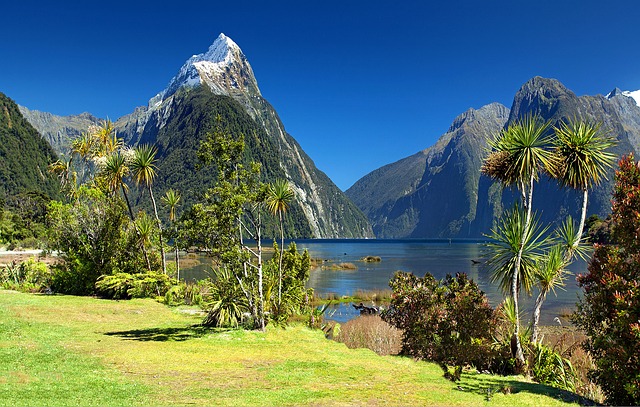Chiropractor: Cold Weather & Joint Pain
Autumn is definitely the season of rains, strong winds, rapidly falling temperatures. Some people associate joint pain with these meteorological phenomena.
People with rheumatism feel the weather change and often “predict” the times when it will rain or temperature changes due to joint pain associated with it. On the other hand, chiropractor Dr Becker can help with joint pain treatments.
Chiropractor and weather: Rheumatic pain has multiple causes

Rheumatism is most often identified with acute pain in the joints of the lower and upper limbs. Although the general manifestations are similar regardless of the factors that trigger it, the causes of rheumatism are multiple. Specialists have divided diseases of this type into six broad categories.
One of the typologies is represented by infectious rheumatisms, caused by a microbe that has penetrated the joints.
The second category includes inflammatory rheumatism, caused by an immune reaction of the body to certain intestinal problems that cause inflammation of the joints.
The third category includes microcrystalline rheumatism, which occurs due to the presence of uric acid crystals in the perimeter of tendons or joints. The cold promotes the crystallization of uric acid, thus leading to inflammation in the arteries and painful episodes.
Wear and degeneration of the joints, as well as prolonged physical exertion, are factors that give rise to degenerative rheumatism. The last two categories include periarticular inflammatory diseases, respectively haematological or tumour diseases.
Chiropractor: Why rheumatism gets worse with the change of weather
The drop in temperatures and the humidity left behind by the rains are usually accompanied, in rheumatism, by the appearance of joint pains.
The reasons why joint pain increases in intensity when the weather is unfavourable are not known exactly. But research that has addressed this topic has identified a correlation between this and atmospheric pressure.
The joints affected by rheumatism produce excess fluid, to the detriment of the cartilaginous tissue that would prevent their friction and erosion. And the joint becomes swollen and hot, this being an inflammatory response.
Therefore, higher pressure values are more difficult to cushion by a problematic joint than by a joint in which there is a balance between cartilaginous tissue and joint fluid.
Another possible cause of joint pain with the cooling of the weather is the contraction of blood vessels. This further leads to the contraction of muscles and joints. It is a factor favoring the intensification of pain.




